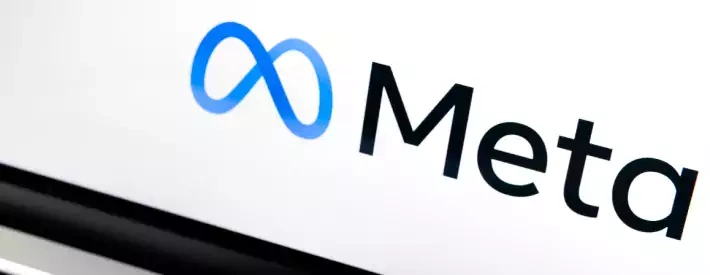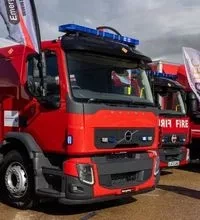Getting onboard with Meta’s tools to boost your business

There are a huge number of ways to stay in touch with customers. The challenge is that with so many engagement options it can be a frustrating process. There are many solutions out there and a price variance to match!
For a workshop owner, managing communication expectation can be a difficult sea to navigate, so choosing a platform for engagement that maximises your reach will enable even the most time poor small business owner to stay connected with customers.
Facebook owner Meta is arguably a good starting place. One Facebook Business page gives access to Messenger, Instagram Direct, and WhatsApp. Free to access, it’s a seductively easy to use solution that can invite customers to chat with action buttons and has reasonable (and free) customer support.
With more than 3 billion users worldwide, the success behind the platform is its ability to understand huge amounts of data from its users and target specific adverts to them. Understanding that the use of the platform also makes an organisation part of that data farm is important, the trade is data for a service. The alternative is to build a secure chat or messenger function, which can be very expensive!
Meta has a huge focus on small business, that make up much of its revenue stream and is an apparent part of Meta’s strategy.
It isn’t perfect and has seen some less than positive headlines in the past. Facebook has showed disregard for privacy and security, most notably the Cambridge Analytica scandal and resultant $5 billion penalty from the Federal Trade Commission shortly before the pandemic.
But despite the issues and being kept on it’s toes by younger platforms, Meta is still performing well, growing by 22% despite the pandemic and remains the largest platform for users, boasting 32,000,000 users in the UK alone with 58% of those users logging in more than once a day.
So how can you make the best use of it, and the tools it offers, to improve your business?
Live Chat
If there is capacity to sustain a live chat, there is no reason why both are not used. The live function doesn’t have to reflect the business full operational hours, only the window that the chat is available – using the automated responses for “out of live chat” hours.
Direct messages
If permission is granted by the motorist, using a direct message function can make authorisation for estimated work faster. If the usual experience is to contact by phone, it could be worth analysing how many authorisations are made instantly, and out of those that are, how many feel like they are pressured?
Using a direct message can take advantage of photos, short videos, and drop in essential information such as lead times and costs. This can allow the user time to digest the information, perhaps seek spousal or familial support with their decision, and return the answer within the same platform – giving the business a time and date stamped approval for work to go ahead.
Building relationships beyond the sale
On completion of work, the digital communication journey can continue, using the platform to follow up with reminders, such as remembering to revisit to check the tightness of wheel nuts, or asking if they were happy with their recent visit. This can create a more meaningful and personalised experience, and sense of connection.
Don’t spam!
Keep it sincere, and don’t use the messenger function to pester for future work – the problem with live chat and instant messenger is that it can invite a lot of unwanted sales pitches to a platform, ones that very swiftly get blocked, this is not what any organisation wants for their communication channels!




